astronomy
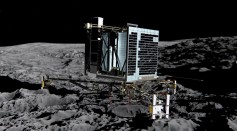
Bouncing Philae Takes Award for Breakthrough of the Year
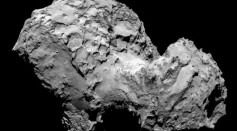
Comet 67P/Churyumov-Gerasimenko May Be In the Limelight, But It’s Still Very Gray
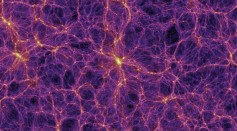
Strange Andromeda Transmission May be First Sign of Dark Matter
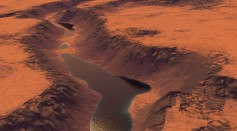
Could Water Have Changed the Face of Mars, or Is the Habitability Question too Much to Bare?
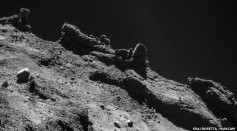
Comet 67P/Churyumov Gerasimenko Reveals Origins of Water May Not be From Comets
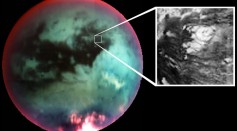
Saturn’s Titan Was Likely Sculpted by Rogue Winds Gusting on the Moon

NASA Finds Mars Craters May Have Once Been Seasonal Lakes
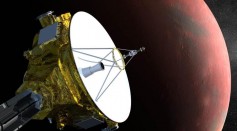
Up and Ready for Business—NASA’s New Horizons Probe Wakes 2.9 Billion Miles Away

Next Stop for Curiosity Rover? Lava Mound May Hold Answers to Ancient Martian Lava Flows

New Astronauts Bring Taste of Italy to ISS—ISSpresso An Instant Hit
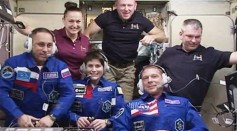
International Space Station Crewmembers Arrive, and Some Start With Tweets
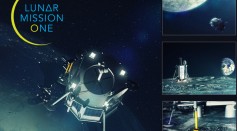
A Kickstarter That’ll Send Memories to the Moon

Lunar Mission To Take Remnants of Earth’s Culture to Space
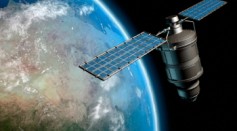
Should Mysterious Russian Satellite Be Cause for Concern?
Most Popular

Earth's Magnetic Field Nearly Collapsed 600 Million Years Ago, Sparking Evolution of More Complex Life

Pharaoh's Curse Unlocked? Scientists Claim To Have Cracked the Mystery of What Killed Over 20 People Who Opened the Tomb of King Tut in 1922

Why Do People Sigh? Here's What These Deep Breaths Do to the Body and What They Could Mean

Florida Dolphin Found To Have Highly Pathogenic Bird Flu in First Case in North America


!['Cosmic Glitch' in Einstein's Theory of General Relativity Could Be Explained in This New Scientific Tweak [Study]](https://1721181113.rsc.cdn77.org/data/thumbs/full/53435/258/146/50/40/cosmic-glitch-in-einsteins-theory-of-general-relativity-could-be-explained-in-this-new-scientific-tweak-study.jpeg)



